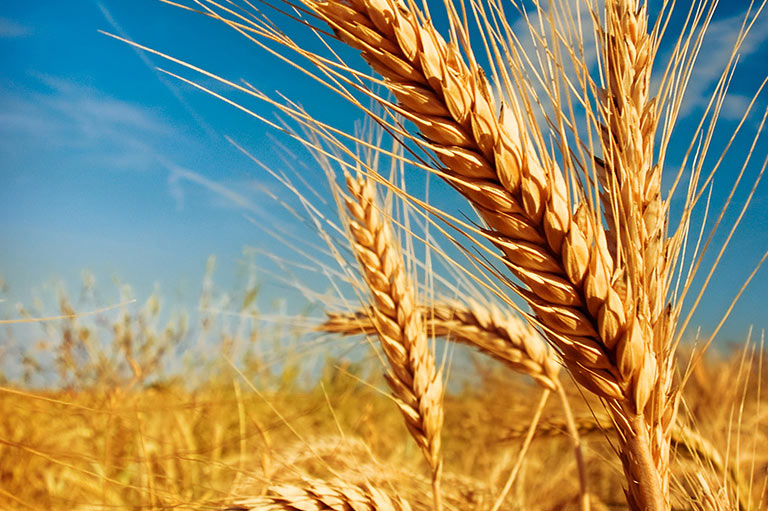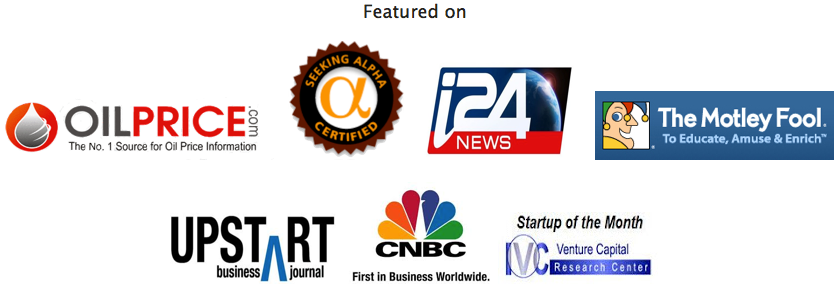Commodity Market Review : Wheat Futures Peaked Amid Wet Weather Concerns
Summary:
- Rallying oil prices drives demand for natural rubber
- Heavy rain threatens wheat production
Wheat Futures Peaked

Wheat prices are higher in multiple markets, with short-covering gaining momentum from slow spring wheat planting and potential damage to some of the crops in key production regions as it heads toward maturity. Short-covering are also supportive to wheat prices. In a nutshell, too much rain is the biggest threat to the crop now, though problems won’t show up for a while. Historically, wet spring weather has damaged yield potential for the winter wheat crop and creates significant delays for spring wheat planting.
This has led many to believe that the latest U.S. government-issued [World Agricultural Supply and Demand Estimates] report may have overestimated both acres planted and yields based upon current weather patterns.
Wheat export inspections reached 27.8 million bushels last week. This was down from the prior week’s tally of 32.3 million bushels but ahead of the average trade guess, which ranged between 14 million and 22 million bushels. Indonesia led all destinations with 4.8 million bushels.
The European Union’s MARS crop-monitoring service slightly upped its per-acre yield estimates for 2019 wheat production to 89.96 bushels per acre. EU soft wheat exports this marketing year, meantime, are down 1% from last year after reaching 676 million bushels as of May 19.
Egypt, being one of the world’s top wheat importers, has purchased 80.8 million bushels of domestic wheat so far this year. The country expects to purchase more than 132 million bushels this summer.
Rubber Market Strengthens
Rising oil prices has been strengthening demand for natural rubber. To analyze the rubber market closely, we have to understand that there are many uses for natural rubber. One of them is for the manufacturing of tires. In manufacturing tires, there are two types of rubber used– natural and synthetic. Synthetic rubber is made from petrochemical feedstocks. Crude oil is the primary raw material. In the month of May, the price of crude oil has increased steadily, moving 6.96% over the past week. The rise in price of crude oil drove the costs of producing synthetic tires up. Hence, demand for natural rubber tires, being the perfect substitute for synthetic rubber tires, increased. The rallying demand for natural rubber futures can be attributed to more investors wishing to lock down prices as many would expect an increase in the price of natural rubber.
Moreover, tire companies are willing to pay higher prices for rubber, but there are hardly any sellers. Rubber tapping is usually low during summer. Many small growers have stopped collecting rubber as yields have dropped because of high temperatures and low prices.
Also, the Rubber Authority of Thailand announced cuts to rubber exports by 126,240 tonnes next week for four months after a delay in implementing a supply cut agreement with other regional producers on 16th may.
Elsewhere, rubber futures on the Indian Commodity Exchange traded higher today as prices in the key spot markets of Kerala rose due to supply shortage. This suggests a worldwide phenomenon.
In good agreement with the I Know First Forecast, the price of SHFE_RU1 risen over this 3 day horizon.
However, the consuming industry had seen the drop in natural rubber production. To exemplify, India’s production had dropped from 9 lakh tonne in 2008-2009, by nearly one-third, to 6.42 lakh tonne, in 2018-19. Rubber Board, meanwhile, targets to raise domestic production to nine lakh tonne in 2019-2020.
Meanwhile, China said it would impose higher tariffs on a range of U.S. goods, striking back in its trade war with Washington shortly after President Donald Trump warned it not to retaliate in the long-running trade dispute between the world’s two biggest economies. It is unsure whether exports of rubber and its constituent products will be affected, as the trade war will have a large influence on demand of rubber.
Investors can expect a bullish outlook on wheat and rubber futures. These news are in line with the I Know First forecast. CME_W5, CME_W1 and SHFE_RU1 rose significantly.
I Know First’s Successful Forecast
On 15th May, I Know First algorithm issues bullish predictions for commodities for a 3-day horizon. The predictions include CME_W5, CME_W1 and SHFE_RU1. Over the 3-day trading period from 15th May to 18th May, CME_W5 rose by 3.97%, CME_W1 rose by 5.86% and SHFE_RU1 increased by 3.96% respectively.
This bullish commodities forecast was sent to the current I Know First Subscribers on May 15, 2019.
Please note-for trading decisions use the most recent forecast. Get today’s forecast and Top commodities picks.


